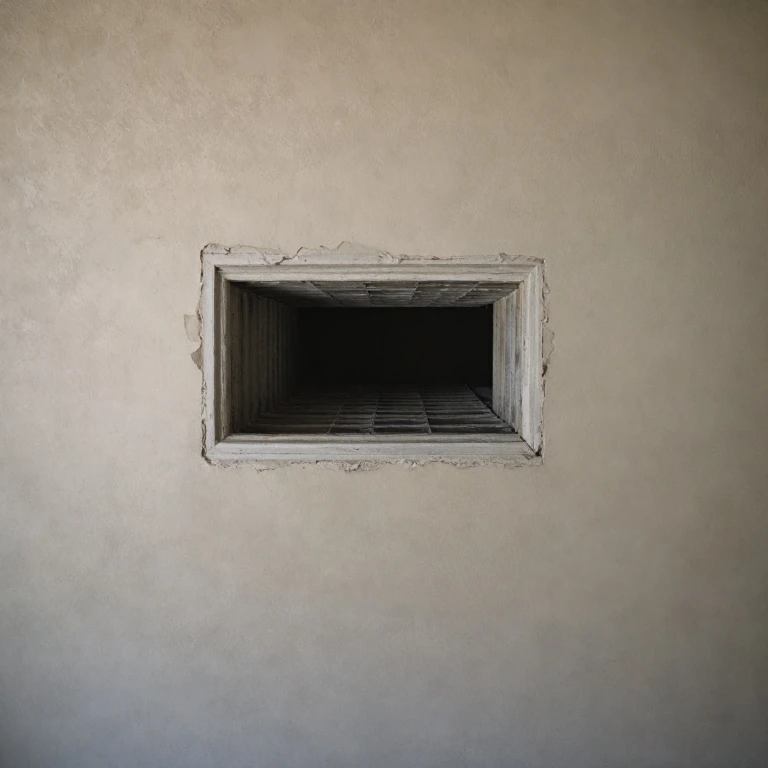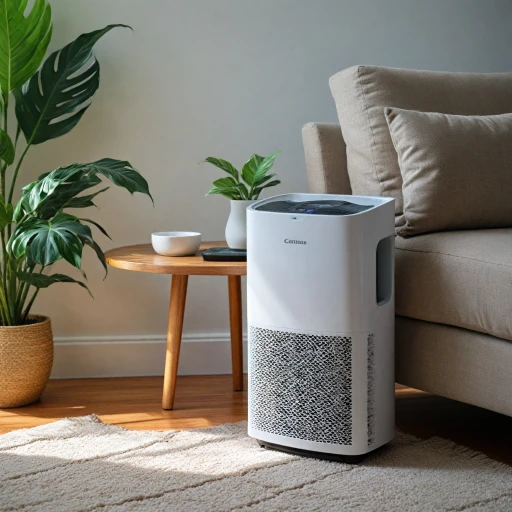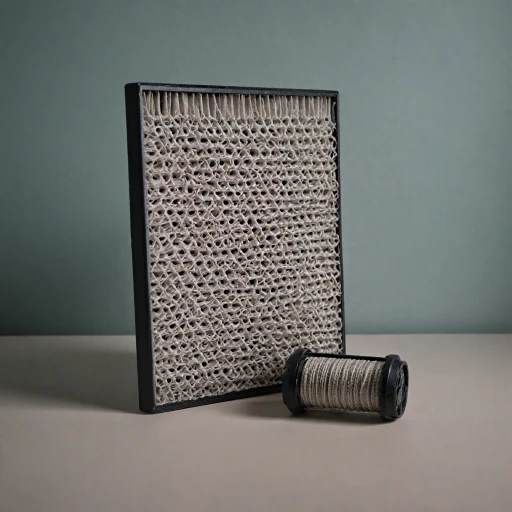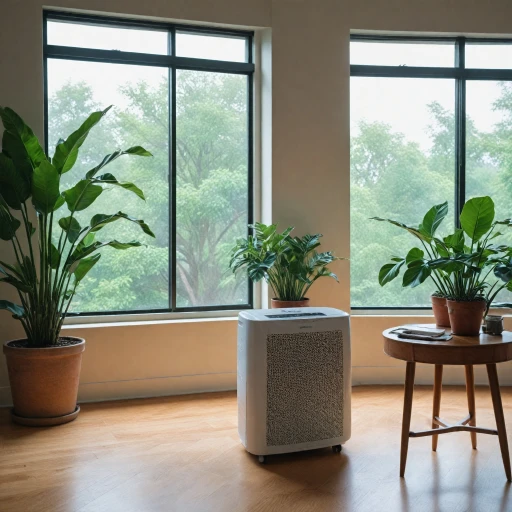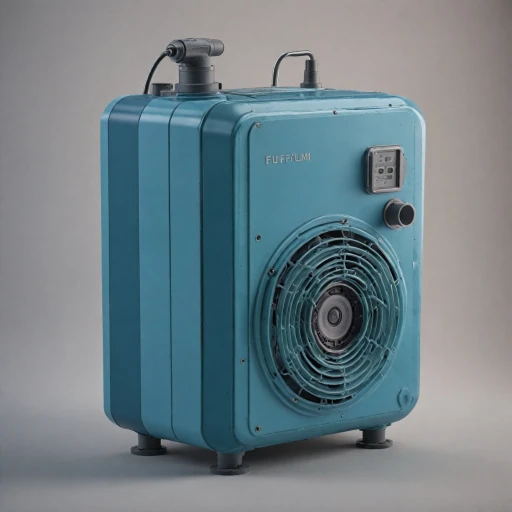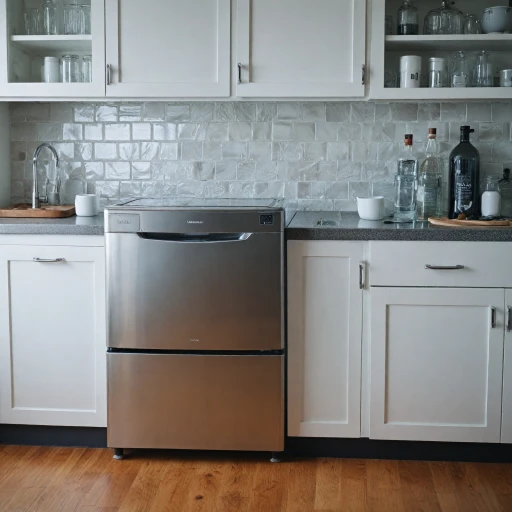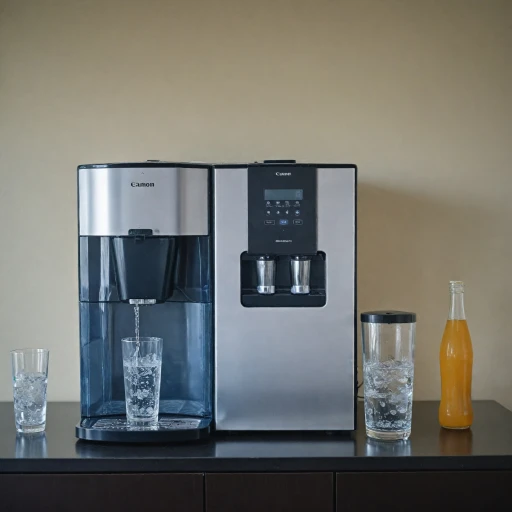What is Asbestos and Why is it Dangerous?
An Insight into the Dangers of Asbestos Exposure
Asbestos is a naturally occurring mineral that's been widely used in construction and various industries because of its resistance to heat, fire, and electrical damage. However, when disturbed, asbestos fibers can become airborne, posing significant health risks. The inhalation of these microscopic fibers can lead to serious illnesses, including lung cancer, asbestosis, and mesothelioma.
The danger lies in the exposure to asbestos air particles and how easily they can be inhaled once they are suspended in the atmosphere. These fibers are extremely durable, do not break down, and can accumulate in your lungs over time, leading to respiratory issues.
Installing or inspecting hvac systems, heating ducts, ductwork or working with older insulation materials increases the risk of asbestos exposure. These common materials may contain asbestos, which can be released into the air during maintenance or installation.
Even items like older duct tape and asbestos tape used in air ducts and duct connects may degrade over time, potentially releasing asbestos fibers during routine work or duct cleaning.
Understanding when you might encounter these materials is essential. For those looking to mitigate these risks effectively, visiting resources like Understanding the Role of Air Purifiers can offer guidance on how air purification strategies can play a role in enhancing safety.
Identifying Asbestos in Air Ducts
Recognizing Asbestos in Your Ductwork
Identifying asbestos in your air ducts is a crucial step in safeguarding your health. Asbestos was commonly used in building materials due to its durability and heat resistance, often found in ductwork, insulation, and even duct tape. However, its fibers can become airborne, posing significant health risks such as mesothelioma and other respiratory issues.
When inspecting your HVAC system, look for signs of aging or damaged materials. Asbestos materials might appear as a white or gray fibrous substance. In older homes, asbestos tape may be present around duct joints or on heating ducts. If you suspect the presence of asbestos, it is essential to avoid disturbing the material to prevent exposure.
Professional assessment is recommended for accurate identification. Experts can safely determine if asbestos is present in your HVAC systems and provide guidance on necessary precautions. This step is vital as improper handling can lead to increased asbestos exposure, putting your health at risk.
For more detailed information on how air purifiers can play a role in reducing asbestos exposure and maintaining air quality, you can explore this guide on air purifiers.
The Role of Air Purifiers in Managing Asbestos Risks
Mitigating Asbestos Risk with Air Purification
In situations where asbestos materials are prevalent, such as in outdated ductwork or deteriorating insulation, asbestos fibers can become airborne, potentially leading to harmful asbestos exposure. This scenario is particularly concerning in heating ducts and other components of the HVAC system where duct cleaning activities might disturb the hazardous fibers. Air purifiers play a crucial role in addressing these risks and safeguarding health by capturing asbestos fibers suspended in the air. High-efficiency particulate air (HEPA) filters, for instance, are capable of trapping minuscule particles, significantly reducing the concentration of airborne asbestos.- HEPA Filters: A HEPA filter is designed to capture at least 99.97% of particles as small as 0.3 microns, which includes asbestos particles that might be dislodged during routine activities or HVAC system operation. By filtering the air, HEPA-equipped systems reduce the risk associated with inhaling these dangerous fibers.
- Placement and Operation: Properly placing air purifiers within your home, particularly in areas near known asbestos ductwork or during periods of renovation and duct cleaning, can enhance their effectiveness in mitigating asbestos exposure.
Steps to Take if Asbestos is Found in Your Air Ducts
Immediate Actions to Mitigate Asbestos Exposure
If you discover or suspect the presence of asbestos in your air ducts, it's crucial to address the issue immediately to prevent exposure and protect your health. Asbestos ductwork was once common due to its insulation properties, but its fibers pose serious health risks. Here's what to do if your ductwork is compromised:- Stop Using HVAC Systems: First, cease operation of any HVAC systems, including air conditioning and heating systems. This prevents further circulation of asbestos fibers throughout your home.
- Avoid Disturbing the Material: Do not attempt to clean or remove any suspected asbestos materials on your own. Activities such as duct cleaning or even applying duct tape can disturb the fibers, increasing the risk of asbestos exposure.
- Professional Assessment: Engage with a qualified asbestos abatement professional to assess the situation. They have the right tools and expertise to handle asbestos safely. Professionals can confirm the presence of asbestos and determine the extent of exposure within your duct system.
Choosing Safe and Effective Remediation
- Licensed Abatement Services: Professional services will conduct a thorough inspection and provide guidance on safe removal or encapsulation of asbestos materials in your ductwork. Look for certified contractors who specialize in asbestos abatement.
- Regulatory Compliance: Ensure that any removal or treatment adheres to local and national safety regulations. Compliance with these standards is critical for minimizing health risks during the abatement process.
Choosing the Right Air Purifier for Asbestos Concerns
Essential Factors for Selecting an Efficient Cleaner
When dealing with asbestos concerns in your property, selecting the correct air purifier is crucial to safeguard your indoor environment. Air purifiers can aid in managing the risk of asbestos fibers, but the right choice makes all the difference.- HEPA Filtration: Ensure the air purifier is equipped with a True HEPA filter, which can capture particles as small as 0.3 microns. This capability is vital since asbestos fibers can be incredibly tiny and airborne.
- Coverage Area: Assess the size of the area where asbestos ductwork or materials might present. Choose a unit that can efficiently clean the air in such spaces, often factoring in the layout of your hvac systems and air ducts.
- Multiple Filtration Stages: A combination of pre-filters, HEPA filters, and possibly activated carbon filters will provide a comprehensive approach to air purification by targeting asbestos exposure as well as other potential contaminants.
- Fan Speed and Noise Level: For consistent performance, you may need an air purifier that runs continually. Opt for a model with adjustable fan speeds and a tolerable noise level to avoid disruption in day-to-day activities.
- Maintenance Requirements: Regular maintenance, including filter replacement, is crucial for the unit's effectiveness. Consider the cost and frequency of maintaining the air purifier over time to keep asbestos air and other risks in check.
Evaluating the Impact on Health and Safety
Using an air purifier effectively reduces aerosolized dust from asbestos ductwork, thereby minimizing direct exposure and lowering health risks such as mesothelioma. However, it's important that air purifiers are used in conjunction with professional asbestos abatement and cleaning services to achieve optimal results. When asbestos materials are disturbed, such as during duct cleaning or renovation work involving asbestos insulation, having a reliable air purification system is essential. Consult with professionals to confirm that your air purifier selection aligns with recommended safety practices and enhances your hvac system's ability to maintain safe air quality post-asbestos removal. For guidance on maintaining indoor air quality during and after asbestos removal, refer to professional services specializing in air duct and hvac system cleaning. These steps ensure that precautions and actions are effectively reducing exposure asbestos and maintaining a safe living environment.Maintaining Indoor Air Quality After Asbestos Removal
Ensure Consistent Indoor Cleanliness and Ventilation
After asbestos fibers have been professionally removed from your air ducts, maintaining optimal indoor air quality becomes crucial to prevent any health risks associated with contaminants. Here are some effective measures:- Regular Duct Cleaning: Periodically clean your ducts to prevent the accumulation of any remaining asbestos or airborne materials that may compromise the air quality.
- Install Efficient Air Purifiers: Post-abatement, investing in quality air purifiers that are capable of filtering out even the smallest particles, including microscopic asbestos remnants, is wise to ensure air cleanliness.
- Check HVAC Systems and Filters: Regular maintenance of your HVAC systems is vital. Frequently change the filters to keep the system efficient and prevent fiber re-entry. Effective filters play a significant role in trapping harmful particles, improving both air quality and health.
- Ensure Proper Ventilation: Proper ventilation in conjunction with air purification systems ensures the air remains fresh and free from impurities. Make necessary adjustments to the airflow in your heating ducts to complement the overall system.
- Stay Vigilant for Asbestos Reappearance: Although professional removal reduces risks, occasional checks for exposed asbestos materials, especially in older insulation or duct tapes, can prevent unexpected exposure.
